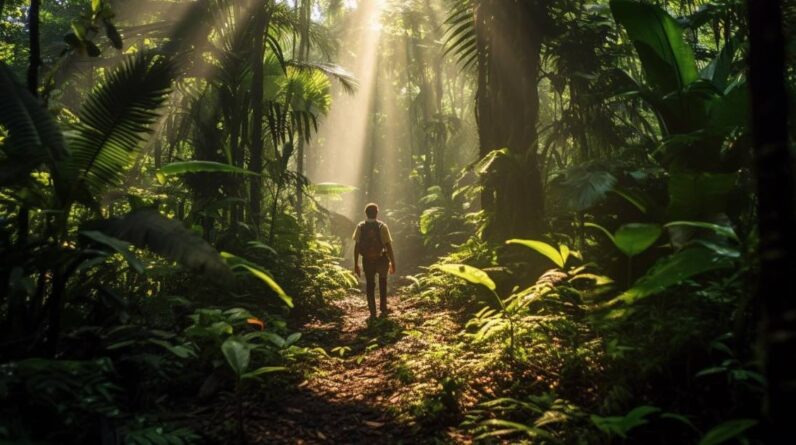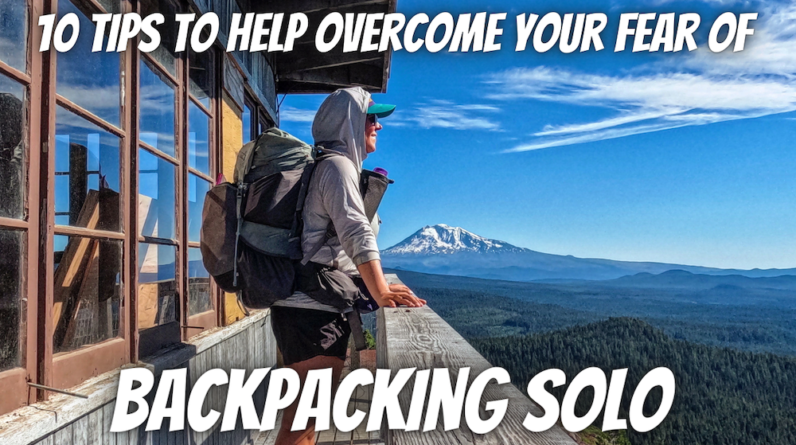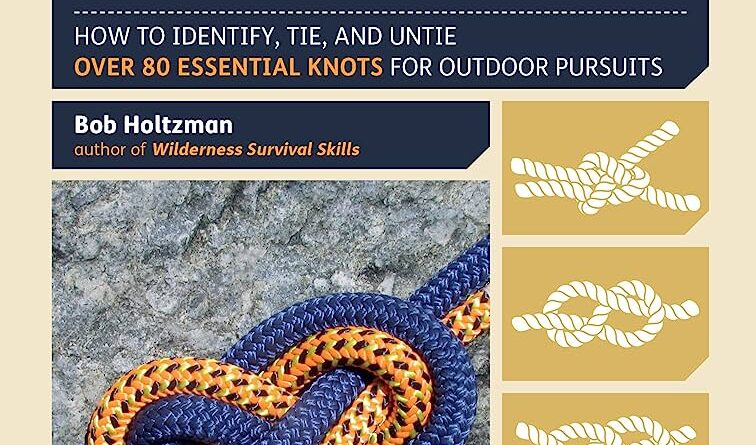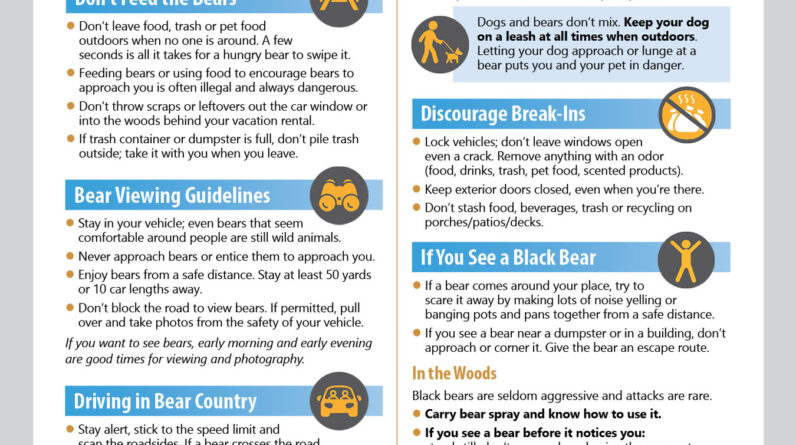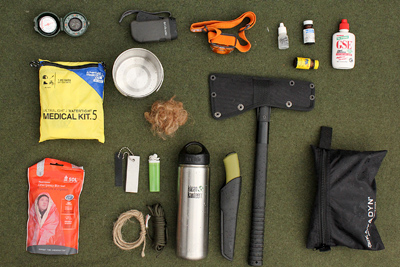
Introduction
Surviving in harsh environments requires the right clothing and gear. When facing extreme weather conditions, rugged terrains, or dangerous situations, having the appropriate survival equipment can make all the difference. In this article, we will discuss the importance of survival clothing and gear in harsh environments, as well as factors to consider when choosing the right options for your needs.
Understanding the importance of survival clothing and gear in harsh environments
Harsh environments, such as deserts, mountains, or arctic regions, pose unique challenges that can endanger your safety and well-being. The right survival clothing and gear provide protection against extreme temperatures, unpredictable weather, and potential injuries. They are specifically designed to keep you warm, dry, and visible, while also offering durability and functionality.
Factors to consider when choosing survival clothing and gear
When selecting survival clothing and gear, several factors should be taken into account. First and foremost, you must consider the specific environment you will be facing. Different regions require different types of clothing and gear to ensure your survival. Additionally, think about the duration of your stay, as well as potential activities you will engage in. Lighter options may be suitable for shorter trips, while longer stays may require more robust equipment.
the right survival clothing and gear are essential when venturing into harsh environments. By understanding their importance and thoroughly considering your specific needs, you can ensure your safety and increase your chances of successfully overcoming any challenges you may encounter.

1. Layered Clothing System
Imagine finding yourself in a harsh environment where survival depends on your ability to combat extreme temperatures and unpredictable weather conditions. Your ordinary clothing just won’t cut it. That’s where a well-planned layered clothing system comes in, offering the optimal insulation and moisture management needed to keep you comfortable and alive.
The concept of layering for optimal insulation and moisture management
Layering is a tried and tested technique used by outdoor enthusiasts and survival experts alike. It involves wearing multiple layers of clothing that work together to create a protective barrier against the elements. Each layer serves a specific purpose, making it easier for you to adapt to changing weather conditions without feeling bulky or uncomfortable.
Base layer essentials: moisture-wicking and thermal properties
Your base layer is the foundation of your clothing system. It must have moisture-wicking properties to keep sweat away from your skin, preventing moisture buildup and subsequent chilling. Look for materials like merino wool or synthetic blends that provide excellent thermal insulation while effectively managing moisture.
Insulating layers: choosing the right materials and thickness
Insulating layers are responsible for trapping your body heat, keeping you warm even in freezing temperatures. Opt for materials such as down or synthetic fibers that provide excellent warmth-to-weight ratios. The thickness of the insulation layer should depend on the severity of the conditions, so be prepared to adjust accordingly.
Outer shell requirements: durability, waterproofing, and breathability
Your outer shell acts as the first line of defense against wind, rain, and snow. It should be durable enough to withstand rough terrain, offer waterproofing to keep you dry, and provide breathability to allow body moisture to escape. Look for jackets and pants made from high-quality waterproof and breathable materials like Gore-Tex.
Embracing a layered clothing system will significantly increase your chances of surviving in the harshest environments. From the moisture-wicking base layer to the insulating mid-layers and the protective outer shell, each component plays a crucial role in shielding you from the elements. So, gear up and embark on your outdoor adventures with confidence, knowing that you possess the essential equipment for survival.
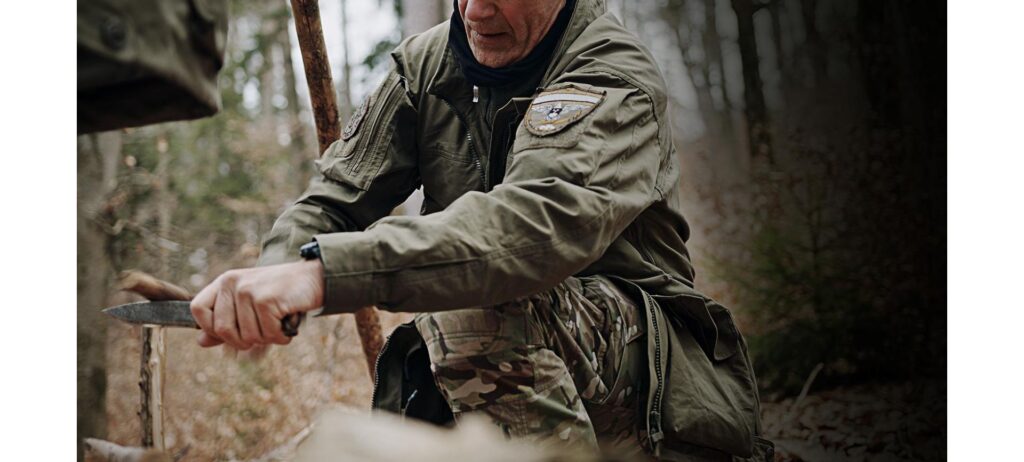
Footwear for Extreme Conditions
When venturing into harsh and challenging environments, having the right footwear is essential. Selecting appropriate footwear depends on the specific terrains and climates you will be encountering. In cold and wet environments, insulated and waterproof boots are crucial to keep your feet warm and dry. These boots are specifically designed to withstand low temperatures and prevent water from seeping inside. They provide insulation, ensuring that your feet stay warm even in freezing conditions. Additionally, their waterproof feature protects your feet from getting soaked, preventing frostbite and discomfort.
For rugged and uneven terrains, hiking shoes with sturdy soles and ankle support are recommended. These shoes provide stability and reduce the risk of injuries such as twisted ankles. Pairing them with gaiters can offer extra protection by preventing debris, snow, or water from entering your shoes.
In desert or extreme heat conditions, selecting appropriate footwear becomes even more crucial. Opt for lightweight and breathable shoes, preferably made of mesh material. This allows air circulation, keeping your feet cool and minimizing the risk of overheating. Additionally, choose shoes with excellent grip to navigate sandy or rocky terrains.
Remember, investing in quality footwear that suits the specific conditions you will encounter during your survival journey is paramount to your safety and comfort. Take these factors into consideration, choose wisely, and ensure that you have the right footwear to tackle any harsh environment you may encounter.

3. Protection from the Elements
When it comes to surviving in harsh environments, protecting yourself from the elements is crucial. Whether you’re facing scorching heat, bone-chilling cold, or torrential downpours, having the right clothing and gear can make all the difference.
Headgear options: hats, balaclavas, and helmets
Your head is especially vulnerable to extreme temperatures and harmful UV rays. Investing in a quality hat, like a wide-brimmed sun hat or a warm beanie, can protect you from the scorching sun or bitter cold. For even more protection, consider a balaclava or a helmet with built-in insulation and ventilation.
Choosing the right gloves for warmth and dexterity
When it comes to hand protection, finding the right balance between warmth and dexterity is key. Look for gloves made from materials like Gore-Tex or fleece, which provide excellent insulation while allowing you to maintain your grip and flexibility.
Eyewear essentials: sunglasses and goggles for UV protection
Protecting your eyes from the sun’s harmful UV rays is crucial in any harsh environment. Invest in a quality pair of sunglasses that offer 100% UV protection. Additionally, goggles can provide an extra layer of defense against extreme wind, dust, and debris.
Importance of rain gear and protective clothing against wind and cold
Finally, don’t underestimate the importance of rain gear and protective clothing against wind and cold. Look for waterproof and windproof jackets, pants, and boots that will keep you dry and insulated. Layering your clothing with moisture-wicking base layers and insulating mid-layers will also help regulate your body temperature.
Remember, in harsh environments, your clothing and gear can be the difference between survival and disaster. So, make sure you invest in high-quality items that will keep you protected and comfortable no matter what nature throws your way. Stay safe out there!

4. Survival Tools and Equipment
When venturing into harsh environments, it’s crucial to have the right tools and equipment that can aid your survival. Here are some essential items you should consider bringing along.
Knife Selection: Fixed Blade or Folding, Multi-Purpose Features
A reliable knife is a must-have in any survival situation. When it comes to knife selection, you can choose between a fixed blade or a folding knife. Fixed blade knives are sturdier and more durable, making them ideal for heavy-duty tasks such as cutting ropes or building shelters. On the other hand, folding knives are compact and easy to carry, making them convenient for everyday tasks. Look for knives that have multi-purpose features such as a serrated edge for cutting through tough materials or a built-in fire starter.
Essential Fire-Starting Tools: Lighters, Ferro Rods, and Waterproof Matches
Fire is vital for warmth, cooking, and signaling for help. To ensure you can start a fire in any condition, pack multiple fire-starting tools. Carry a reliable lighter, preferably windproof and waterproof. Additionally, include a ferro rod, which produces sparks even in wet conditions, and waterproof matches as backup. Having multiple fire-starting tools increases your chances of successfully lighting a fire in harsh environments.
Navigation Aids: Compasses, GPS Devices, and Maps
Navigating through unfamiliar terrain is crucial for survival. Equip yourself with a compass, GPS device, and detailed maps of the area. A compass serves as a reliable backup in case your GPS device fails or runs out of battery. Maps provide an overall view of the area and can help you plan your route effectively.
Emergency Shelter Options: Tents, Bivvy Bags, and Tarps
In extreme environments, having a suitable shelter can mean the difference between life and death. Consider carrying a lightweight tent, as it provides protection from the elements and insulation for warmth. Bivvy bags are excellent emergency options, as they are compact and can fit in your backpack. Finally, tarps are versatile and can be used to create improvised shelters, protecting you from rain, wind, or snow.
By equipping yourself with these essential survival tools and equipment, you increase your chances of thriving in harsh environments. Remember to choose tools that are durable, reliable, and suited for the specific challenges you may encounter. Stay prepared and stay safe!
5. Communication and Signaling Devices
When facing the challenges of harsh environments, effective communication and signaling devices become crucial for survival. Carrying the right tools can mean the difference between being found and staying lost.
Two-way radios and their range capabilities
Two-way radios are essential for staying connected with your group or calling for help in remote areas. These devices utilize radio frequency to transmit and receive messages. The range of two-way radios can vary depending on the model and terrain, so it is vital to choose one appropriate for your specific needs. Remember to bring extra batteries to ensure consistent communication.
Importance of signaling devices like whistles and signal mirrors
In extreme environments, visibility can be limited, making it difficult for search and rescue teams to locate individuals. Whistles and signal mirrors become invaluable tools for attracting attention. Their high-pitched sound and reflective surfaces help you stand out and increase your chances of being spotted.
Emergency beacons: Personal Locator Beacons (PLBs) and EPIRBs
PLBs and EPIRBs are compact personal distress beacons that emit a distress signal when activated. These devices use satellite technology to transmit your location to rescue authorities. Carrying a PLB or EPIRB significantly enhances your chances of being rescued quickly and efficiently.
Satellite communication devices for remote areas
In remote areas where cell service is non-existent, satellite communication devices can save lives. These devices allow you to send messages, make calls, and even share your GPS coordinates using satellite networks. Staying connected ensures you can stay in touch with loved ones or quickly request assistance if necessary.
By equipping yourself with reliable communication and signaling devices, you significantly increase your chances of survival in harsh environments. These tools help you stay connected, attract attention, and call for help when needed. Remember to research and invest in devices that suit your specific needs, as each environment presents its own unique challenges.

6. First Aid and Personal Hygiene
When braving harsh environments, it’s crucial to be prepared for any unforeseen circumstances. Building a comprehensive first aid kit should be high on your priority list. Make sure it includes a variety of bandages for different injuries, such as adhesive bandages, gauze pads, and adhesive tape. You should also pack a range of medications like pain relievers, antihistamines, and antibiotics. Additionally, don’t forget to include essential tools like scissors, tweezers, and safety pins for minor surgeries or wound care.
Water is a vital resource, especially in harsh environments, but it’s not always safe to drink. Ensure a safe water supply by employing water purification methods. These can include boiling, using water filters, or chemical treatments like water purification tablets. Remember, clean and drinkable water is essential for your survival.
Maintaining personal hygiene is equally important. Pack personal hygiene essentials like toilet paper, wet wipes, and menstrual products. In challenging conditions, access to clean water and soap may be limited, so hygiene essentials like hand sanitizers and hand wipes can help keep germs at bay.
Furthermore, in harsh environments, you’ll likely encounter disease-carrying pests like mosquitoes and ticks. Protect yourself by packing insect repellents containing DEET and wearing appropriate clothing, such as long-sleeve shirts and pants. Protecting yourself from these disease-carrying pests is crucial for your health and well-being in survival situations.
Keeping yourself healthy and well-prepared is vital in harsh environments. By building a comprehensive first aid kit, employing water purification methods, and maintaining personal hygiene, you increase your chances of survival and well-being. Stay safe and take the necessary precautions!
Conclusion
Summarizing the crucial role of survival clothing and gear in harsh environments
In conclusion, when it comes to exploring harsh environments, having the right survival clothing and gear is absolutely essential. These extreme environments can pose numerous challenges, including harsh weather conditions, rugged terrain, and limited resources. However, by equipping yourself with the proper gear, you can significantly increase your chances of survival.
Emphasizing the importance of preparedness and proper equipment selection
To successfully navigate these challenging environments, it’s crucial to be prepared. This means packing clothing and gear that will protect you from the elements and provide the necessary tools for survival. From waterproof and insulated jackets to sturdy boots and functional backpacks, every item in your survival kit should serve a purpose.
Furthermore, proper equipment selection is key to surviving in harsh environments. This involves considering the specific challenges you may face, such as extreme temperatures, strong winds, or heavy rain. Research different products, read reviews, and consult with experts to ensure you choose the most suitable gear for your needs.
Remember, being adequately prepared and having the right survival clothing and gear can make all the difference between overcoming the challenges of harsh environments and putting yourself at risk. So, invest the time and effort into selecting the right equipment, and always prioritize safety when venturing into these extreme conditions.



